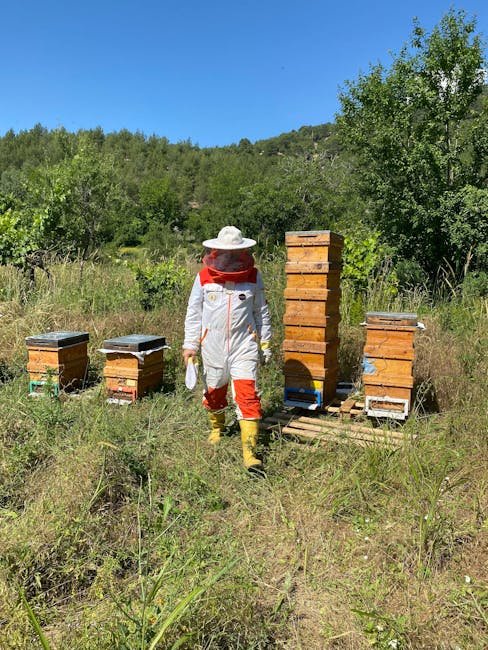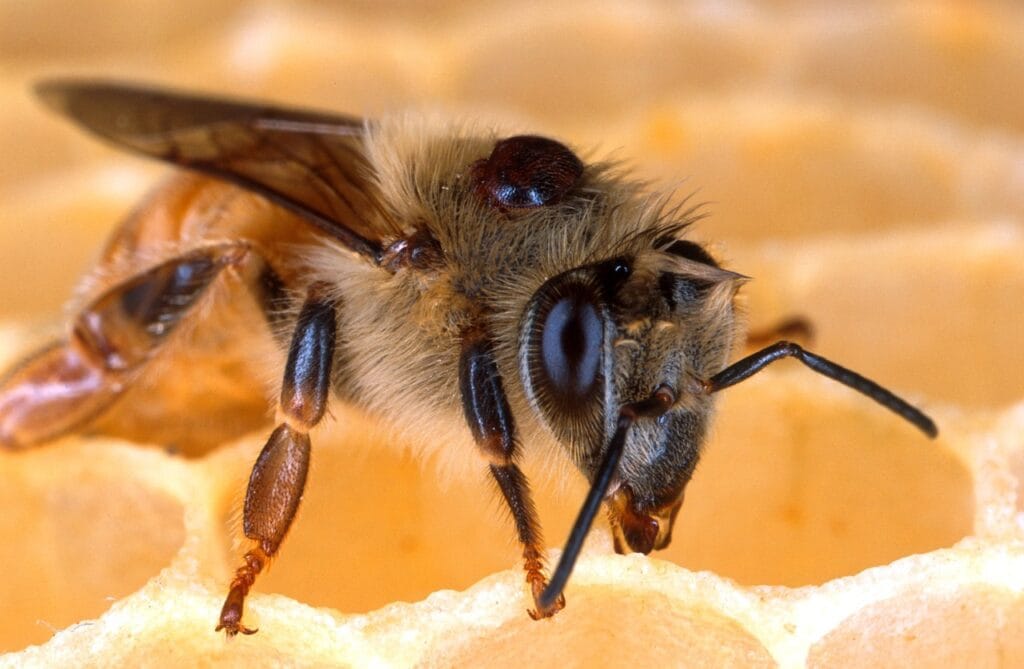If you’re ready to move beyond the basics and begin experimenting with hive management techniques, here’s a practical, step-by-step approach:
1. Build a Strong Foundation
- Before experimenting, ensure you’re confident with hive inspections, identifying queens, brood, and common bee behaviors.
- Maintain healthy colonies with regular monitoring and record-keeping.
2. Identify Your Goal
- Decide what you want to achieve: controlling swarms, increasing honey yield, strengthening genetics, or minimizing pests.
3. Choose One Technique to Try
- Start with accessible techniques such as:
- Splitting Hives: Try creating nucleus colonies or dividing a strong colony to prevent swarming and increase hive numbers.
- Queen Replacement: Practice finding and replacing an old queen with a new one to improve colony vigor.
- Drone Brood Removal: Monitor for Varroa mites and remove drone brood periodically to reduce mite levels.
- Foundationless Frames: Allow bees to build natural comb for improved disease management and observation.
- Seasonal Management: Experiment with different timings for adding/removing supers or harvesting honey.
4. Document the Process
- Keep detailed notes and photos. Track what you try, when, and the outcomes (bee behavior, honey yield, brood pattern, pest levels).
5. Consult Experienced Beekeepers
- Join local associations or online forums for feedback and guidance.
6. Review and Iterate
- After each experiment, assess what worked and what didn’t. Adjust your approach and try again.
7. Scale Gradually
- As you gain confidence, try more complex techniques (e.g., grafting queens, more advanced splits, hive monitoring tech).
- Don’t experiment with all colonies at once—always keep at least one control hive managed traditionally.
Tips for Success:
- Master one technique thoroughly before moving on.
- Be patient; many experiments require entire seasons to see results.
- Stay curious and open to learning—beekeeping is a lifelong journey of discovery.
Experimentation, combined with good record-keeping and mentorship, is the best way to develop your skills and fine-tune advanced hive management practices.



